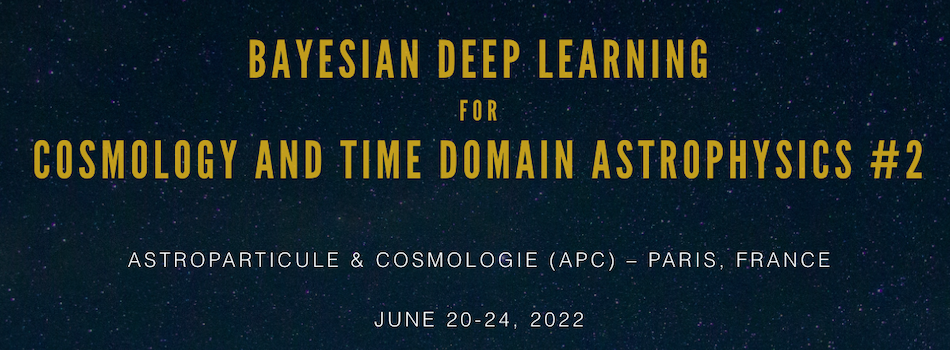Orateur
Description
With the advent of the Rubin Observatory's Legacy Survey of Space and Time (LSST), which will reach the petabyte data regime, it is imperative that we refine our methods of detecting and classifying images of interest within this myriad of data. In this talk I will present promising results from a Self-Supervised Machine Learning Algorithm, specifically the SimSiam Contrastive Learning model, regarding the detection of galaxies possessing low surface-brightness tidal features such as streams or shells. The algorithm has been tested on a sample of tens of thousands of galaxies drawn from the Hyper Suprime-Cam Subaru Strategic Program (HSC-SSP) Ultradeep survey. I will describe the methods involved in isolating these galaxies and how the same methods can be applied to larger future surveys such as LSST. With such automated detection, LSST offers the first opportunity to study a large, statistical sample of these important features to answer outstanding questions regarding galaxy evolution.

